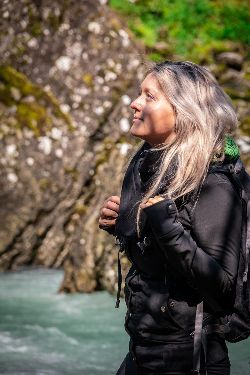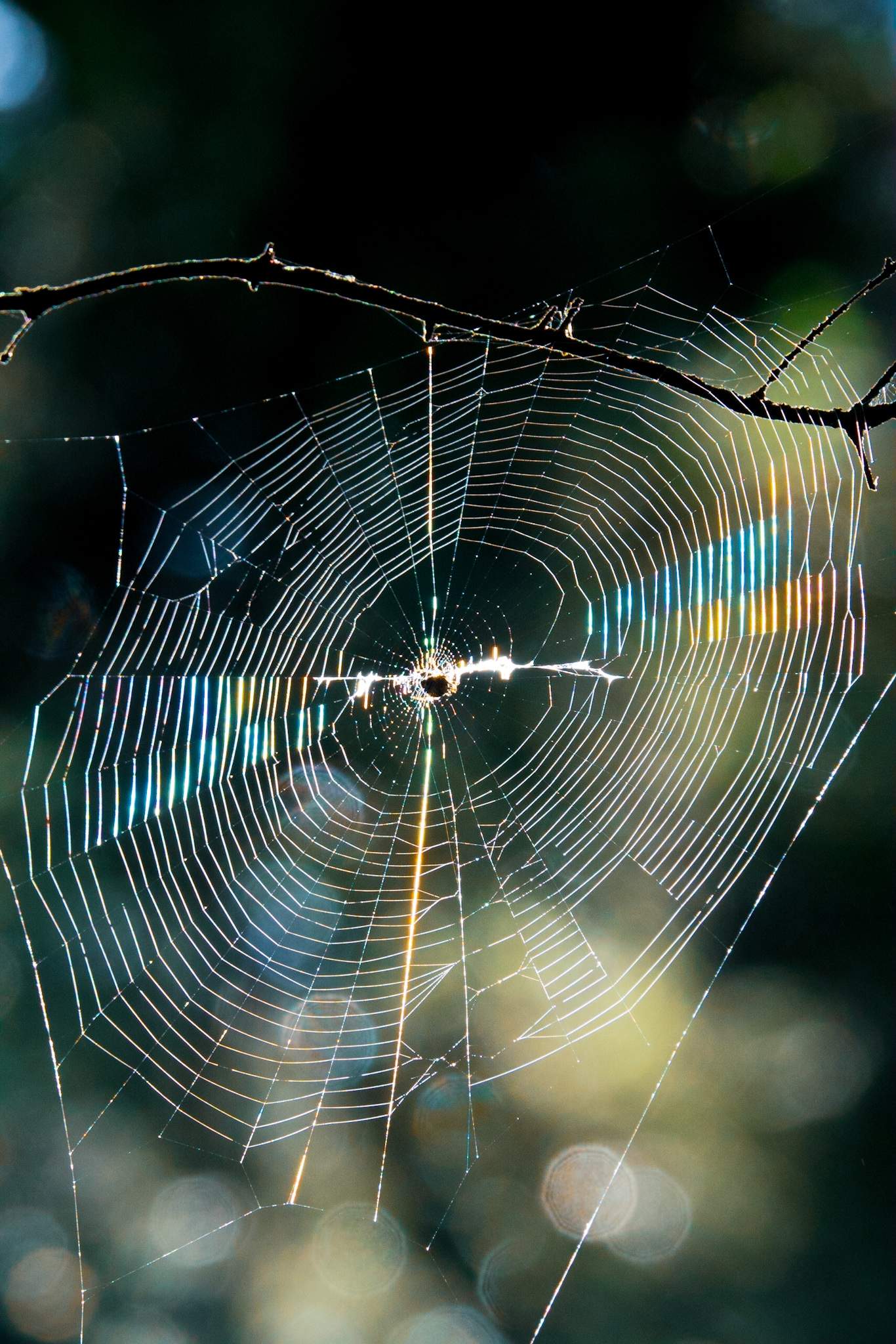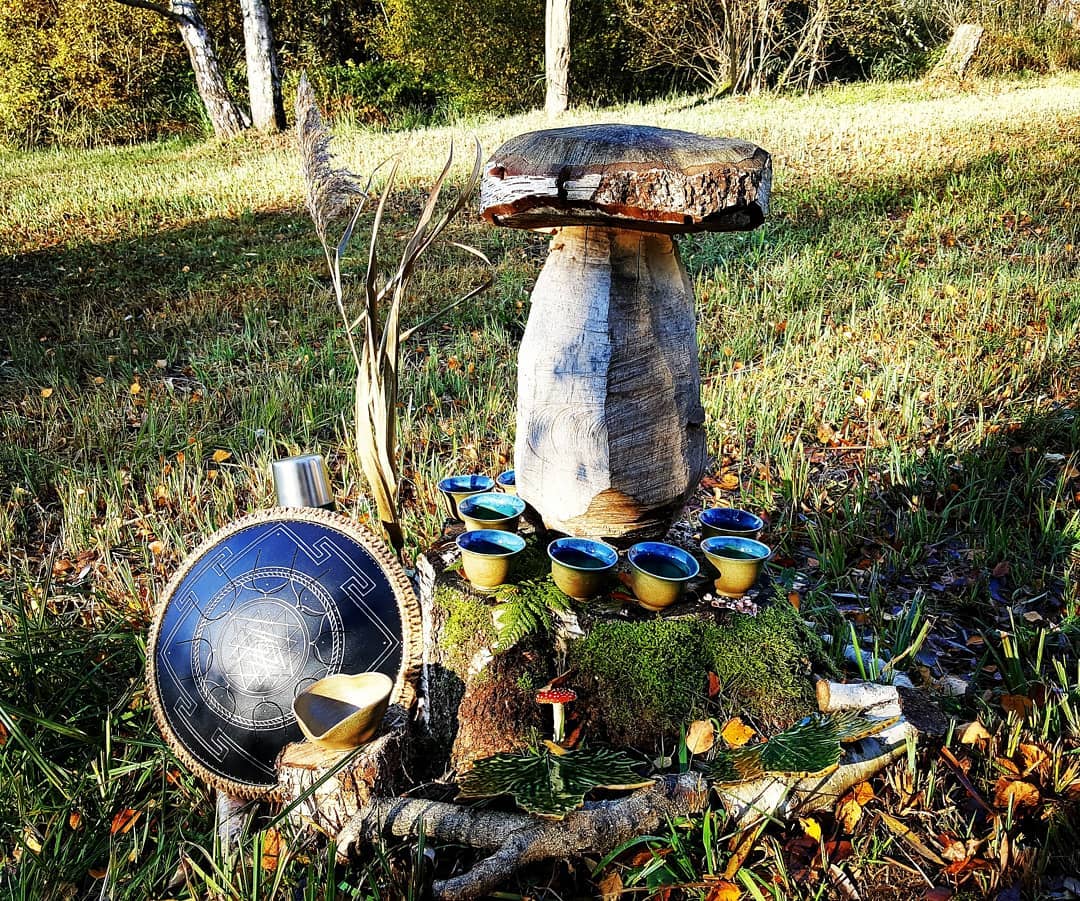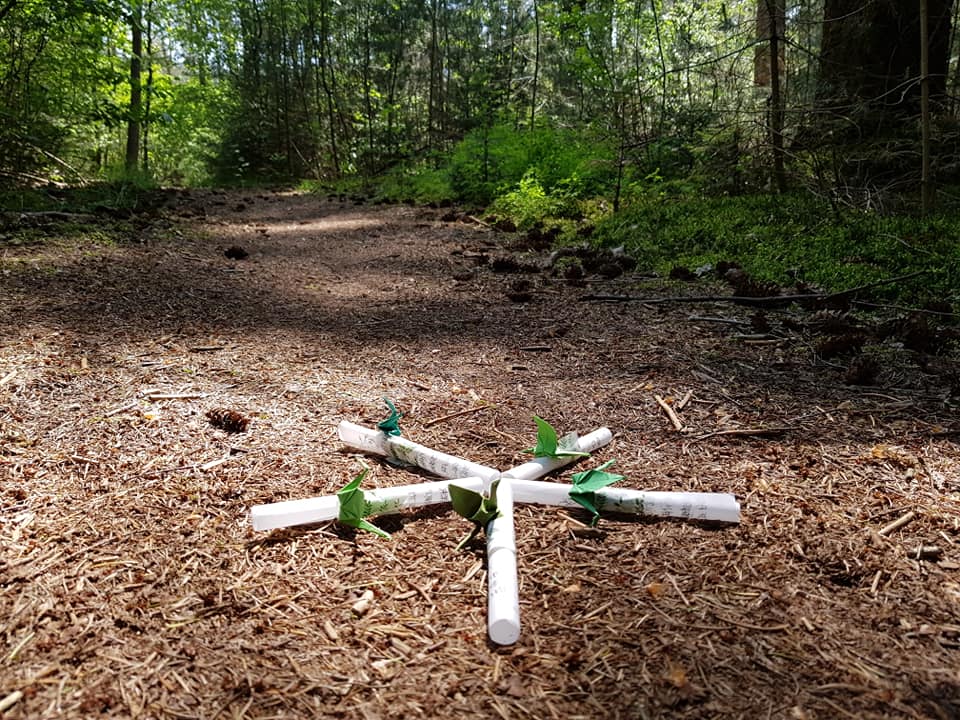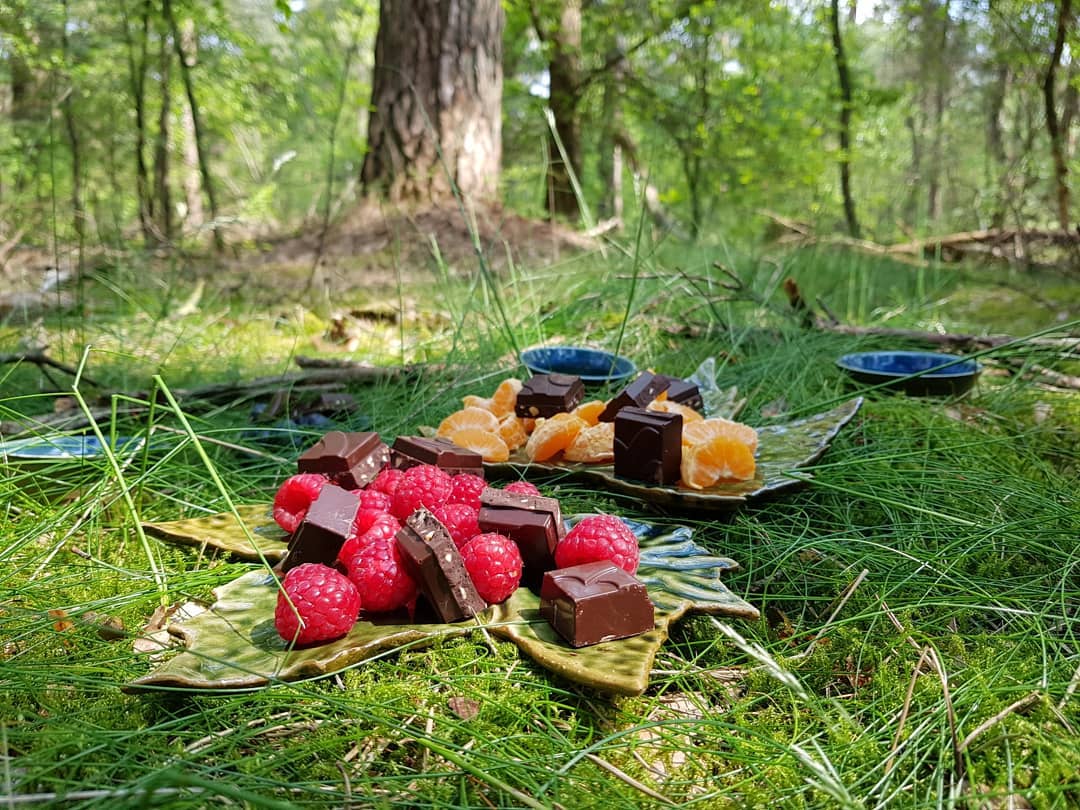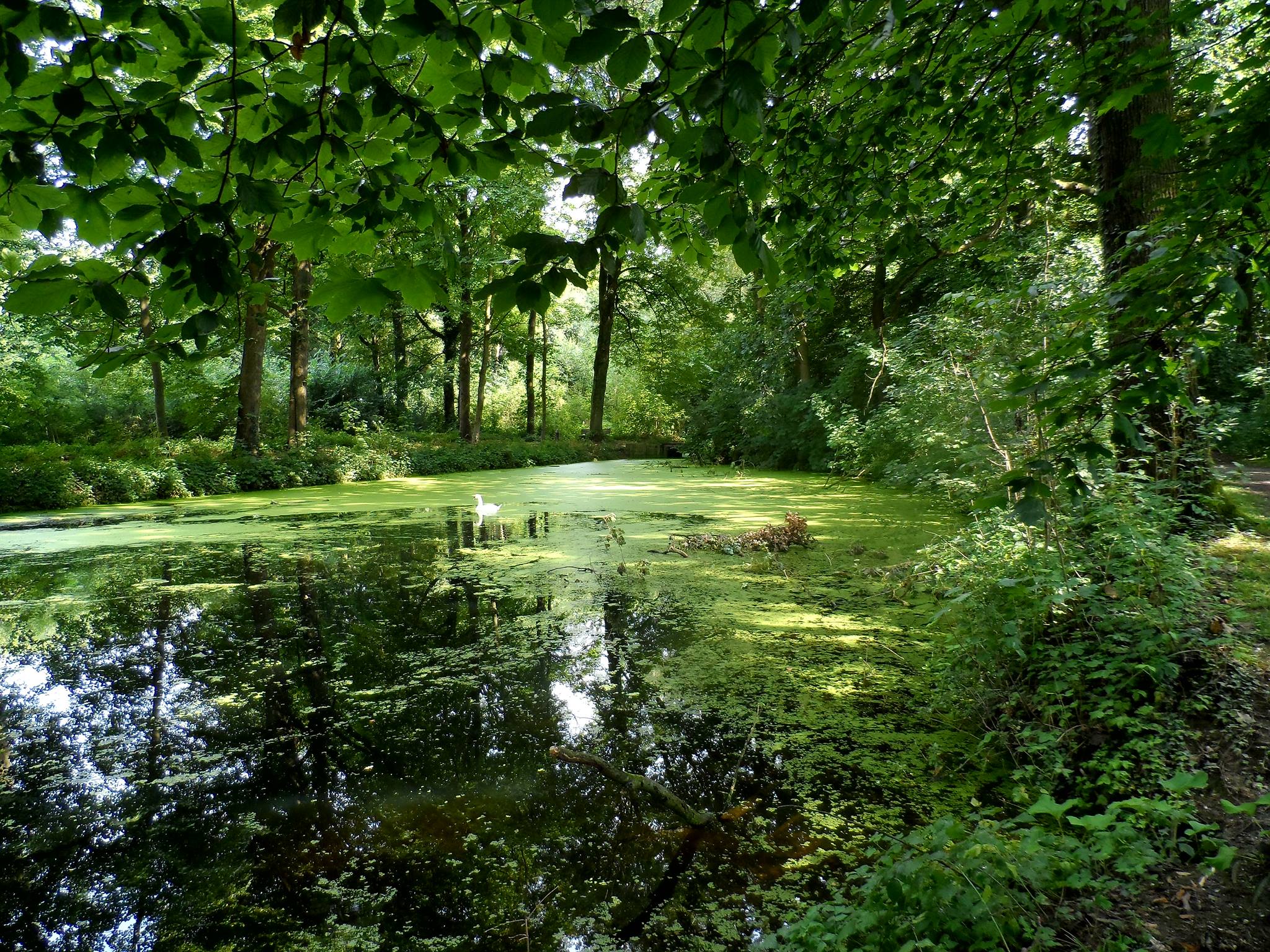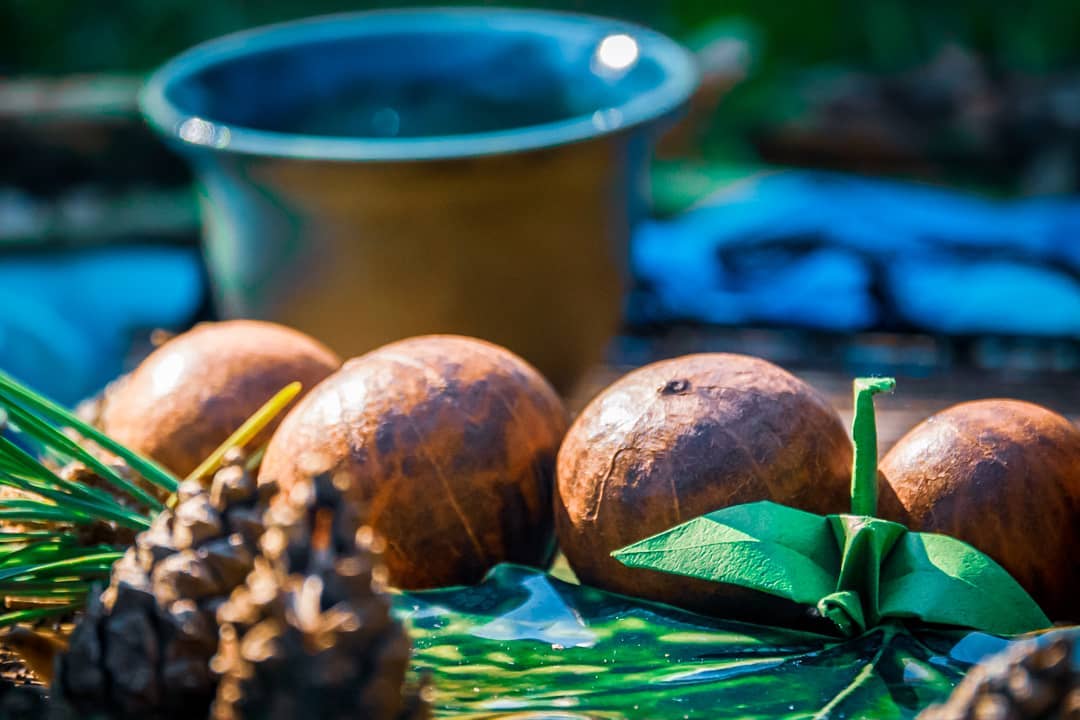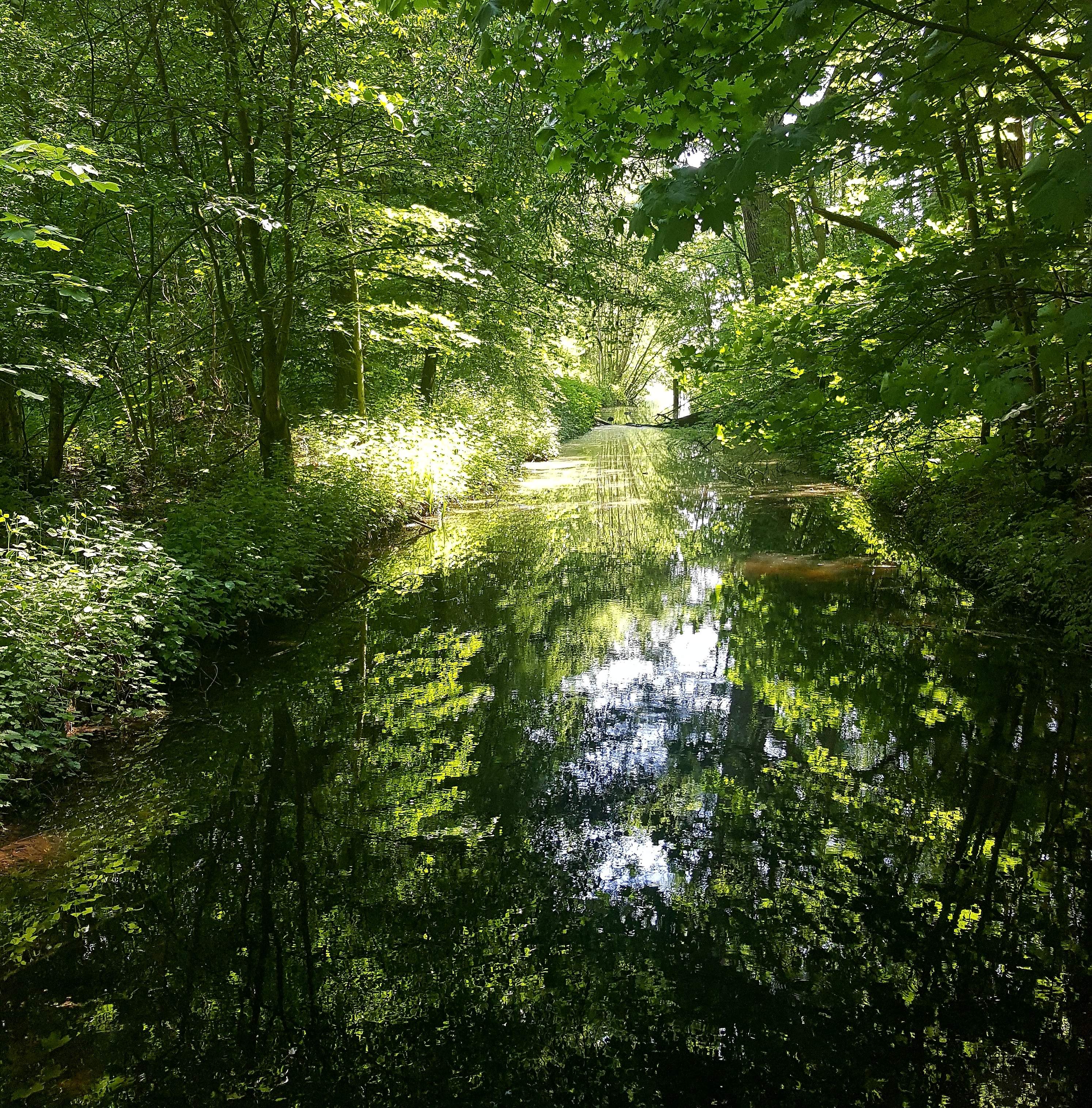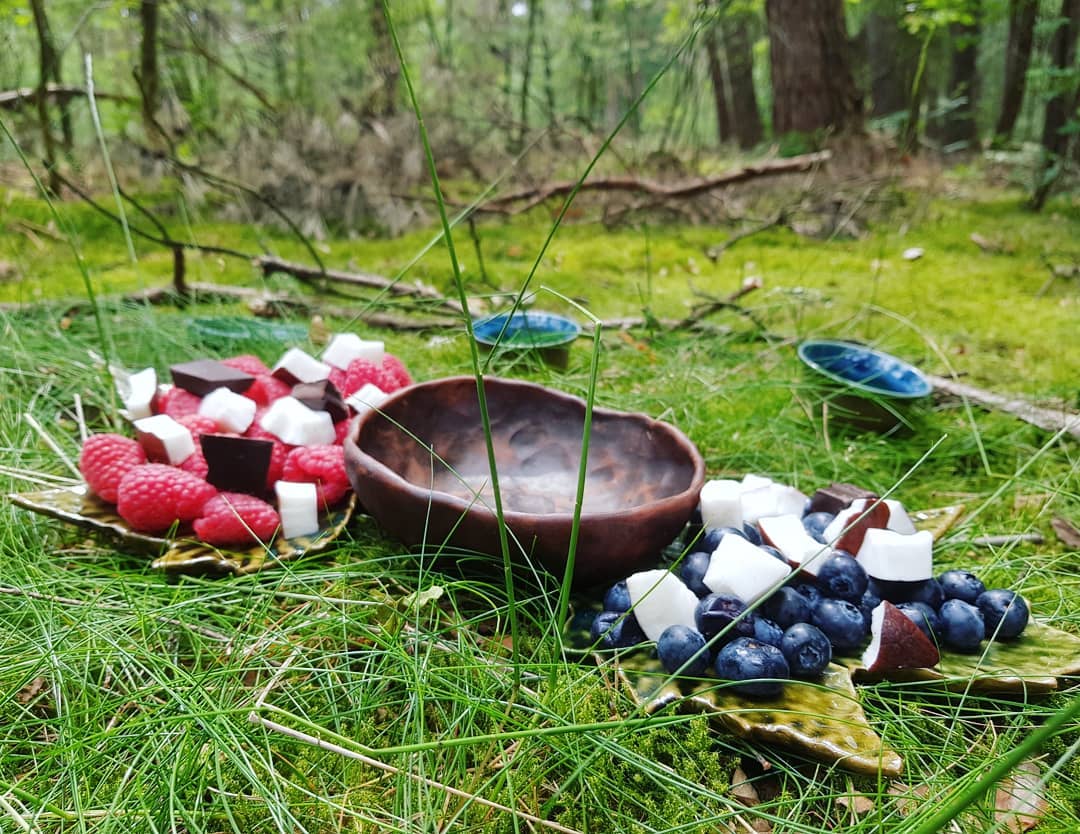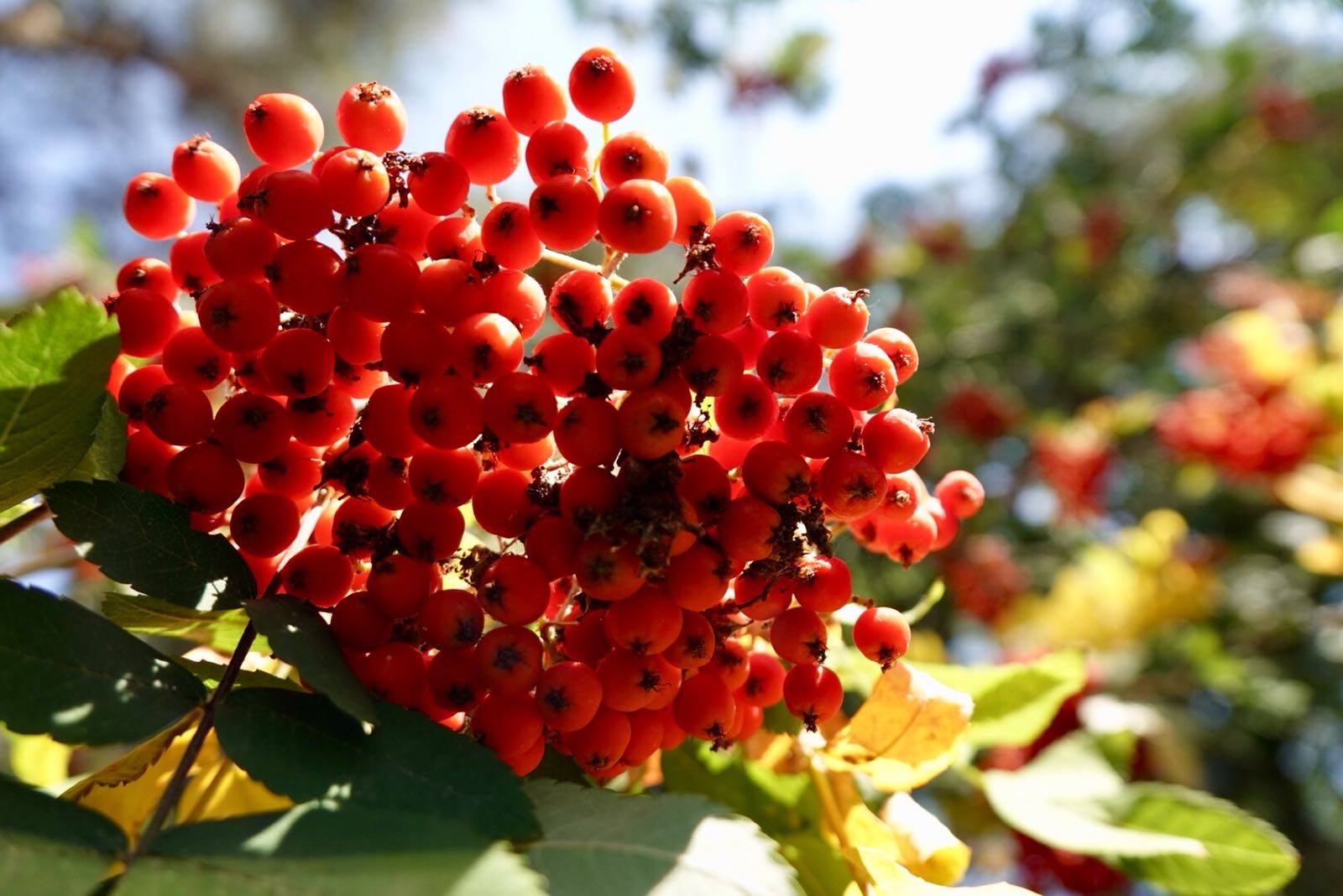Feedback from participants:
"Thank you so much for that special experience in the forest. Those few hours spent all together communing with the trees and dirt have stayed with me even until today. Yesterday I went for a run in Vondel park and couldn’t resist taking off my shoes twice coming upon delicious forest paths. The energy we cultivated and carried back to the city with us was precious for me and I feel for the people around me. We need more people like you doing things like you are doing, helping keep the vibration high."
"Thank you for the amazing day. We enjoyed our first Shinrin Yoku experience. You really managed to pull us out of our head into the forrest. Some brief moments i was the forrest. I can't image a better way of starting this journey. This is someting most of us would love to bring in to our lives."
"Forest therapy is a relaxed way of reconnecting
with nature and your (deeper) self. It’s a necessity for everyone…especially in
these times."
"I came to connect with nature and possibly meet
nice people. Both happened in abundance."
“I felt considerably more peaceful, less physically tense, and I noticed a sharpening and richening of my perceptions. I have noticed that I am thinking less agitatedly. It is a wonderful gift to be able to slow down and connect to nature. We were guided through the activities very gently and clearly, which helped a lot.”
"A very pleasant experience. You realize all your to-do-lists can wait, it creates space and a new perspective of your daily life, helps you to slow down and see things from a different angle."
"I felt very refreshed and energized after the walk. Much calmer and happier than before."
"This was an amazing activity and to me also a way to forget all my daily worries and tasks. I realized I really need to find more time to relax this way in my daily life."





